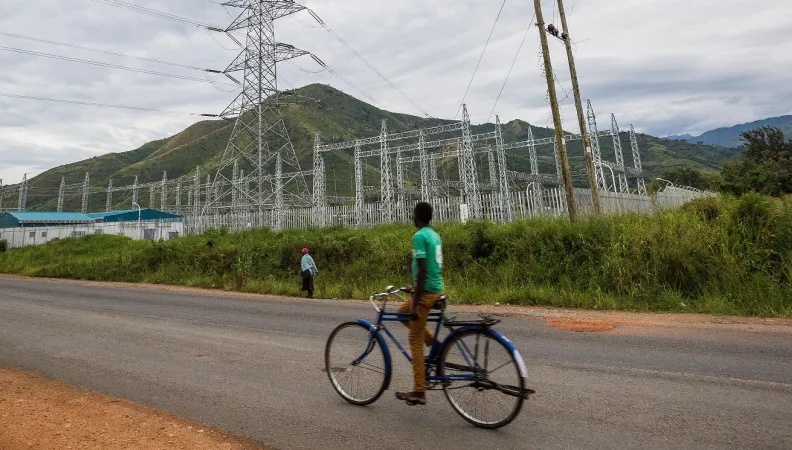Share the page
Intensifying last-mile connectivity in rural Uganda
Project


-
Project start date
-
Status
Ongoing
-
AFD financing amount
-
€ 42900000
-
Country and region
-
Location
-
Uganda
-
Type of financing
-
Beneficiaries
-
Government of Uganda
The aim of this project is to extend the supply of electricity from the national grid to local communities currently not accessing clean energy in order to spur sustainable economic and social development. 40 000 connections will be financed for more than 200 000 inhabitants.
Context
Uganda has a significant shortfall in electricity distribution, due to a lack of infrastructure and strong growth in demand driven by economic growth over the past decades.
In 2013, the Ugandan government approved a second Strategic Rural Electric Plan (RESP 2) with the aim of increasing the energy access rate from 7% to 26%, representing an additional 1.28 million users connected to the grid.
Description
AFD, in partnership with the EU, is supporting the Government of Uganda to increase access to electricity for people living in the south-western and north-western parts of the country.
The project involves building infrastructure to extend the grid Medium Voltage network by 1,500km and Low Voltage distribution network by 1,300km in 16 Districts, and providing last-mile connections to 40,000 households, public infrastructures (schools, health centers), small and medium enterprises.
The project also includes a technical assistance and capacity building capacity for the benefit of the Rural Electrification Department of the Ministry of Energy and Mineral Development.
Impacts
- Promote access to energy for local populations, administrative centers, businesses, factories and local social services in rural areas.
- Boost the economic dynamism of small businesses, making the region more attractive to investors.
- Reduce inequalities between rural and urban areas.


